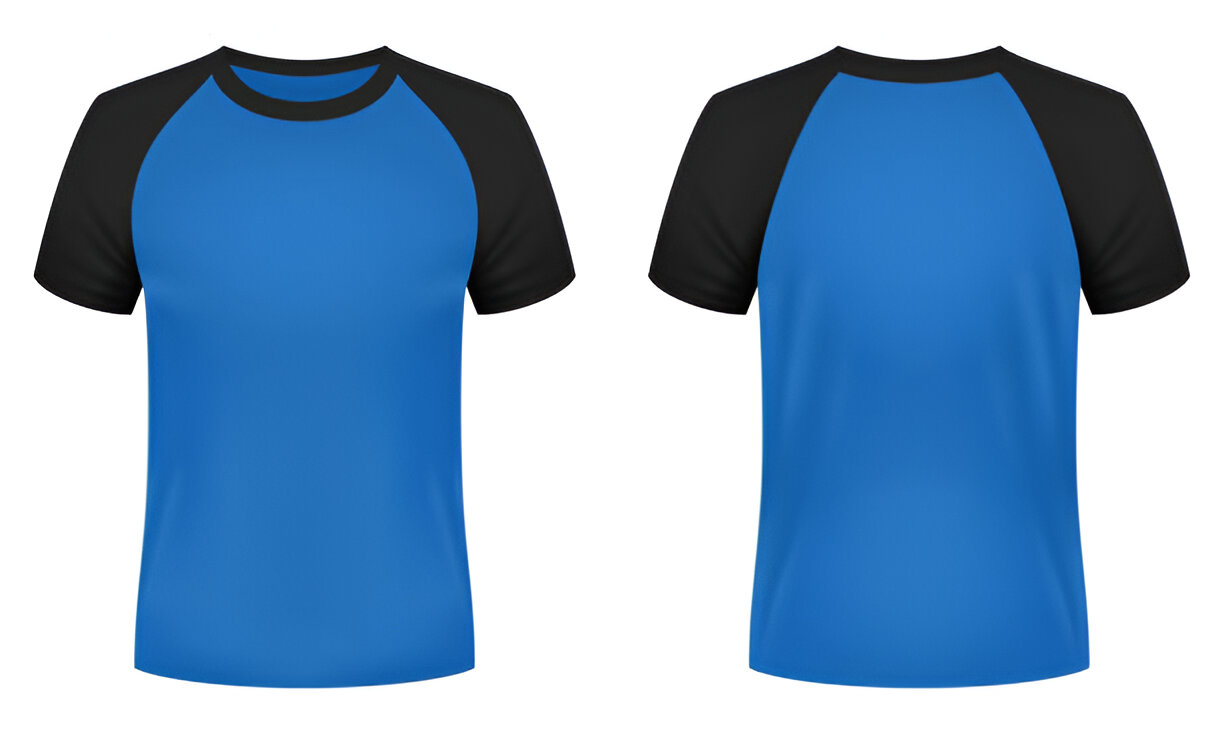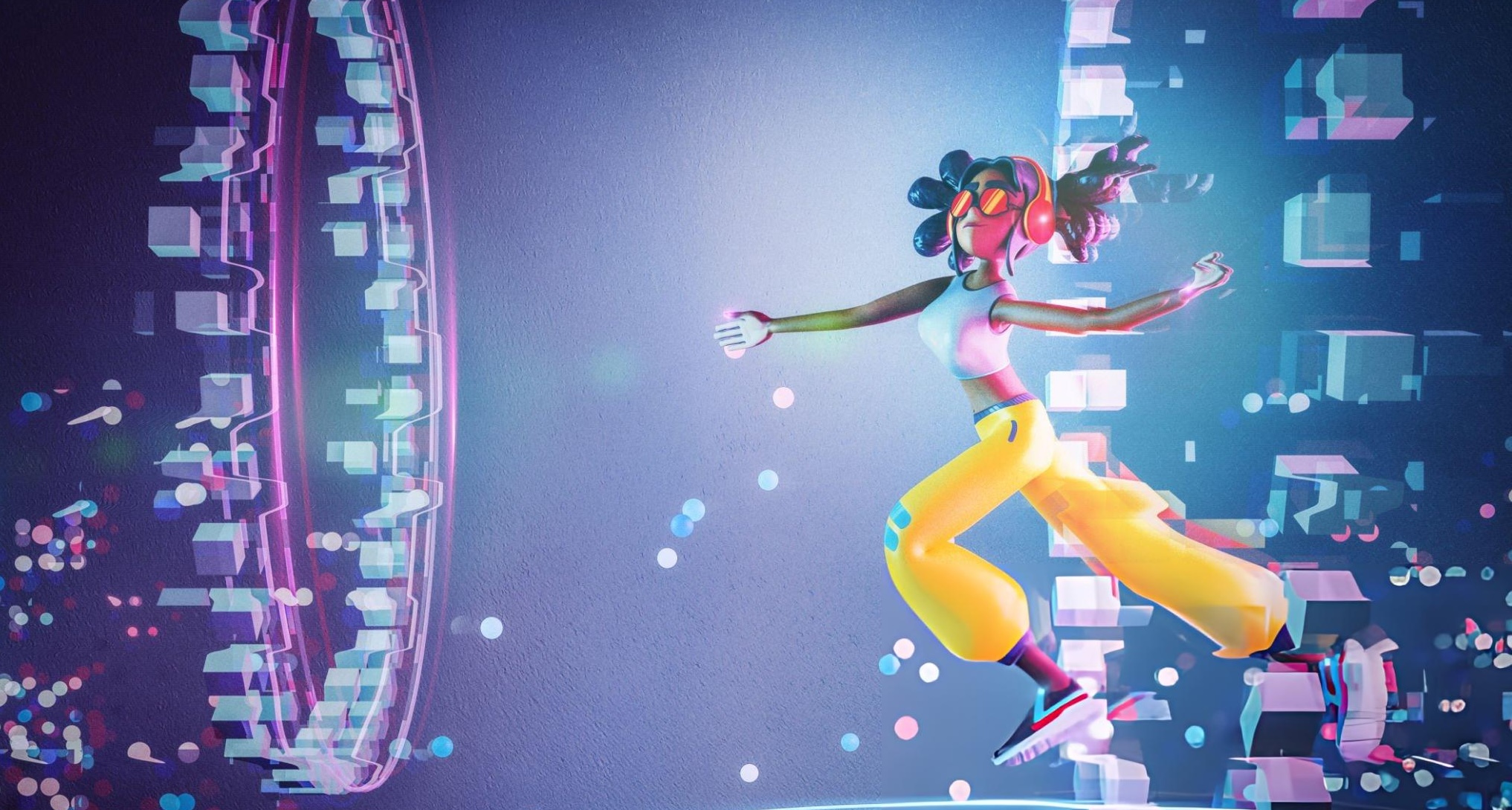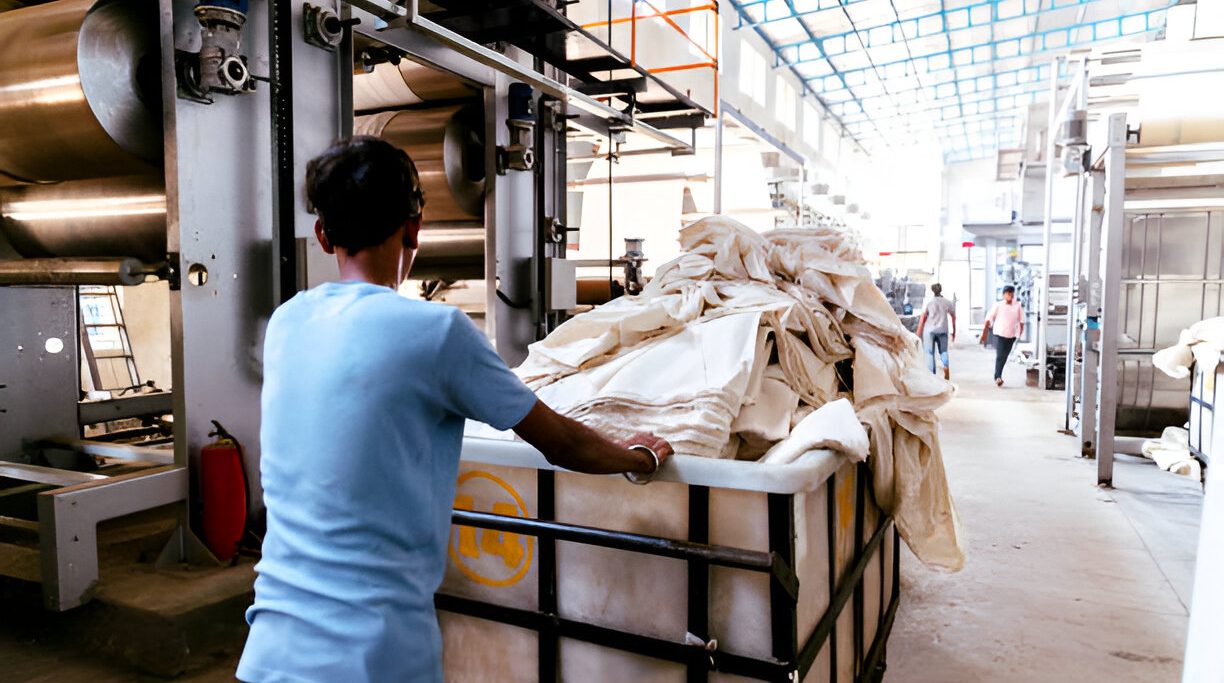Ribbed details are a subtle yet crucial element in T-shirt design, often overlooked despite their significant impact on fit, durability, and style. Whether you’re wearing a basic tee or a high-end designer piece, the ribbing around the neckline, cuffs, and sometimes the hem contributes to the garment’s overall functionality and appearance. In this comprehensive blog, we’ll explore why ribbing is essential for T-shirts, how it enhances various aspects of the garment, and what makes it a preferred choice for both casual and active wear.
Understanding Ribbing in T-Shirts
Ribbing, often referred to as “ribs” or “ribbed fabric,” is a type of knit fabric characterized by its textured, elastic quality. It is typically used in areas of the T-shirt that require more stretch and strength, such as the neckline, sleeve cuffs, and hem. The fabric is made by alternating knit and purl stitches, creating vertical “ribs” that allow for enhanced elasticity and recovery.
Common Types of Ribbing
1. 1×1 Ribbing: Features one knit stitch and one purl stitch alternated, providing a subtle, moderate stretch. Commonly used for lightweight T-shirts.
2. 2×2 Ribbing: Involves two knit stitches and two purl stitches, offering a thicker, more robust stretch. Ideal for heavier fabrics and more structured garments.
3. 3×3 Ribbing and Beyond: Thicker ribbing used for garments that require more strength and structure, like sweaters and some athletic wear.
Why Ribbing Matters: Key Benefits for T-Shirts
1. Improved Fit and Shape Retention
One of the primary functions of ribbing is to ensure that the T-shirt fits well and retains its shape over time. The elasticity of ribbed fabric allows it to stretch and recover, maintaining a snug fit around the neckline and cuffs without becoming loose or baggy. This is especially important for areas like the collar, which can often stretch out and lose its form with regular wear and washing. A well-fitted neckline not only looks better but also feels more comfortable, reducing the need for constant adjustment.
2. Enhanced Durability and Longevity
Ribbed fabric is generally thicker and stronger than the main body fabric of a T-shirt. This added durability helps the garment withstand frequent wear and washing, particularly around high-stress areas like the neckline and sleeve cuffs. Without ribbing, these areas are prone to fraying, stretching, and tearing, significantly reducing the lifespan of the T-shirt. The robustness of ribbed fabric ensures that your T-shirt remains in good condition for a longer period, offering better value for your investment.
3. Comfort and Flexibility
The elasticity of ribbed fabric provides a comfortable and flexible fit that moves with your body. This is especially beneficial for activewear or T-shirts designed for physical activity, as the ribbing allows for a greater range of motion without feeling restrictive. The stretchability also makes it easier to put on and take off the T-shirt, enhancing overall comfort and wearability. For children’s clothing, ribbing is particularly useful as it accommodates growth and movement, ensuring the garment remains comfortable as the child grows.
4. Aesthetic Appeal and Style Versatility
Ribbing adds a unique visual and textural contrast to T-shirts, contributing to their overall aesthetic appeal. It provides a finished, polished look to the neckline and cuffs, differentiating the garment from plain, unfinished edges. Ribbing can also be used creatively to enhance the style of a T-shirt. For instance, a wider ribbed neckline can give a vintage or sporty look, while a finer ribbed cuff adds a subtle, sophisticated touch. Designers often use different types of ribbing to create a range of styles, from casual to formal.
5. Functional Advantages in Activewear
For T-shirts intended for sports or active use, ribbing offers several functional benefits. It provides additional support and ensures that the garment stays in place during movement, reducing the risk of chafing and irritation. The snug fit around the neck and sleeves prevents the T-shirt from riding up, which is particularly useful during high-intensity activities. Moreover, the breathability of ribbed fabric helps regulate body temperature, making it a preferred choice for athletic wear.
6. Prevention of Stretching and Deformation
One of the most common issues with T-shirts, especially low-quality ones, is the stretching of the neckline and cuffs after multiple washes. This happens because the fabric in these areas loses its elasticity and becomes misshapen. Ribbing helps prevent this problem by providing the necessary stretch and strength, maintaining the T-shirt’s original shape even after repeated use. This quality is crucial for maintaining the garment’s aesthetic and functional integrity over time.
The Impact of Ribbing on Different Types of T-Shirts
1. Basic Casual T-Shirts
For everyday casual wear, ribbing provides a clean, comfortable fit that enhances the overall look and feel of the T-shirt. A ribbed neckline ensures that the collar sits neatly against the neck, avoiding the dreaded “bacon neck” that occurs when the collar stretches out.
2. Athletic and Performance T-Shirts
In athletic wear, ribbing plays a vital role in maintaining the garment’s structure and functionality. It prevents the T-shirt from moving out of place during physical activities, providing a secure fit that enhances performance and comfort.
3. Children’s T-Shirts
Ribbing is particularly beneficial in children’s clothing, as it allows for greater flexibility and adaptability. The stretchability of ribbed fabric accommodates growth and movement, ensuring that the T-shirt remains comfortable and wearable for longer.
4. Designer and High-End T-Shirts
In designer T-shirts, ribbing is often used not just for functionality but also as a stylistic element. High-quality ribbing can add a touch of luxury to the garment, distinguishing it from standard tees and contributing to a more refined look.
Choosing the Right Ribbing for Your T-Shirts
When selecting ribbing for T-shirts, consider the following factors:
1. Fabric Quality: High-quality ribbed fabric made from natural fibers like cotton or a blend of cotton and elastane offers the best combination of comfort, durability, and stretch.
2. Width and Thickness: Choose the appropriate width and thickness based on the intended use of the T-shirt. For casual wear, a thinner rib is suitable, while thicker ribbing is better for athletic or structured garments.
3. Elasticity: Ensure that the ribbing has good elasticity and recovery to maintain its shape and fit over time.
4. Color and Design: Ribbing can be used as a design element, so consider using contrasting colors or patterns to add visual interest to your T-shirt.
Caring for Ribbed T-Shirts
To ensure the longevity and appearance of ribbed T-shirts, follow these care tips:
1. Wash in Cold Water: Use cold water to prevent the fabric from shrinking and the ribbing from losing its elasticity.
2. Use a Gentle Cycle: Choose a gentle wash cycle to minimize stress on the ribbed areas, preserving their shape and structure.
3. Avoid Overstretching: Be gentle when putting on or taking off the T-shirt to avoid overstretching the ribbed neckline and cuffs.
4. Air Dry: Air drying is preferable to using a dryer, which can damage the elasticity of the ribbing over time.
The Future of Ribbing in T-Shirt Design
As the fashion industry continues to evolve, so does the use of ribbing in T-shirt design. With the growing demand for sustainable and high-quality garments, ribbing made from organic and recycled materials is becoming more popular. Additionally, advancements in fabric technology are leading to the development of innovative ribbed fabrics that offer enhanced performance and comfort.
Ribbing may seem like a small detail, but it plays a crucial role in the functionality, durability, and aesthetic of T-shirts. From improving fit and comfort to enhancing style and longevity, ribbing is an essential element that contributes to the overall quality of the garment. Whether you’re wearing a casual tee, an athletic top, or a designer piece, the ribbed fabric ensures that your T-shirt looks good, feels comfortable, and lasts longer. As consumers and designers continue to appreciate the value of well-crafted garments, ribbing remains a key component in creating T-shirts that stand the test of time.



